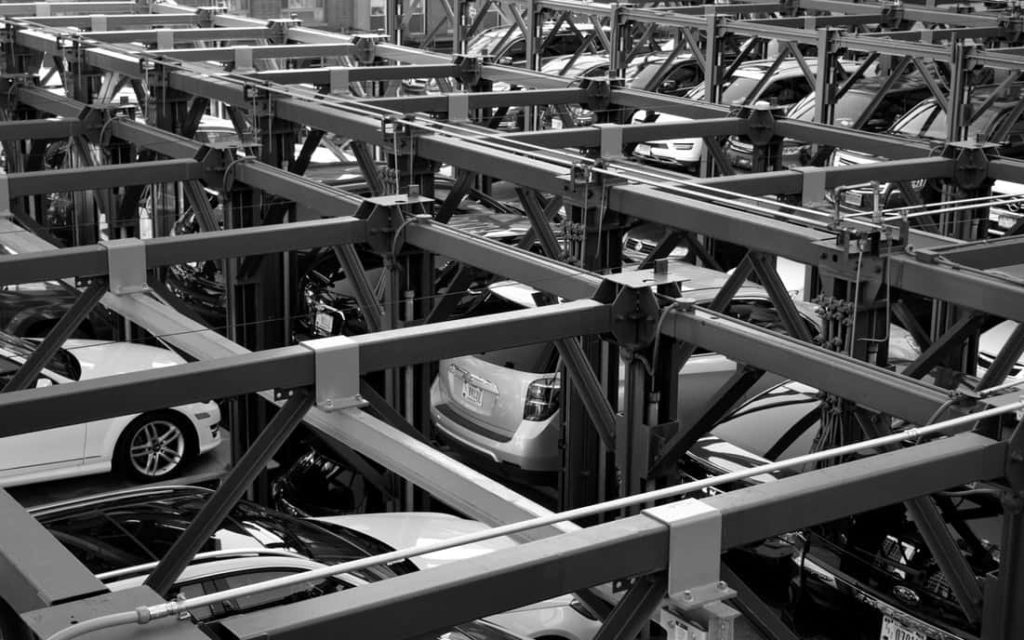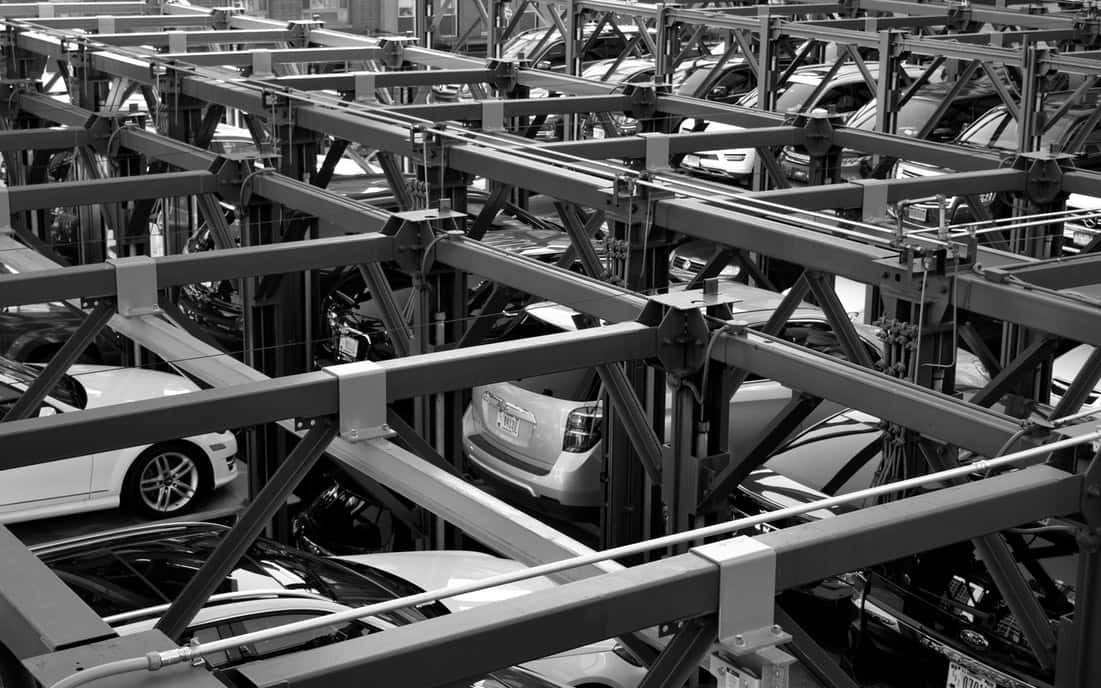Why Cities Need Multi-level Car Stack Parking?
In congested urban areas that face a dearth of space, drivers end up parking on the road, in residential areas and sometimes even on pavements. This shrinks available space, obstructing the free flow of traffic and increasing the probability of accidents. How can cities tackle the challenge of a limited surface area for parking? A feasible solution is to construct a multi-level building by utilizing vertical space rather than horizontal space. Let’s find out why cities need multi-level car stack parking.

What is multi-level parking?
The first recorded multi-level parking facility was built in Chicago in the year 1918. But it is only recently, with rapid urbanization, that its full advantages are being realized. In simple terms, a multi-level car stack parking is a manual or automated facility that houses a number of vehicles on every floor. The idea behind constructing a multi-level building is to maximize car parking capacity by utilizing vertical rather than horizontal space. The types of multi-level car parks are:
-
Conventional Multi-Level Parking
Conventional multi-level parking can be constructed underground or above ground. This has a manual system where drivers are allocated an empty space by the parking attendant
-
Automated Multi-Level Parking
In this system, cars are parked in steel pallets. This pallet is then moved up or down different levels for parking or retrieval. Automated multi-level car parking systems are a technically sound option, offering advanced techniques to park and retrieve a car from the facility. Their superior technology simplifies vehicle parking and retrieval with a strong system of pallets, lifts and signaling devices. Technology is used to link drivers to their cars, record where exactly a car is parked, provide information about vacant parking spaces and prevent unauthorized vehicles from parking
Also Read: How Can Multi-Level Parking Problems Be Solved?
How multi-level car stack parking benefits cities?
A multi-level car stack parking system results in optimum space utilization as multiple cars can be parked in the same amount of space. It also comes with lower maintenance, operational, and construction costs. It is also environment-friendly as it leaves more open spaces for landscaping and greenery. By parking in specified areas, cars no longer block crucial roads, thus reducing traffic congestion. Moreover, such a system also enhances the security of the vehicles.
With many households now having more than one vehicle, basement parking or a dedicated garage are not able to accommodate all of them. When the basement gets full, residents are forced to park their vehicle on the road, which compromises security and adds to congestion.
As a solution, many residential societies in India are now offering multi-level car parking to residents. This helps in effective utilization of available space and gives residents the flexibility to use the facility at any time. As the facility requires less space, it leaves a lot of open space for landscaping, creating a healthier environment for residents. In addition, it reduces the possibility of disputes over parking space.
Manual multi-level car parking facilities are already in use by most shopping malls in India. Now, they are also being planned in other areas:
- Metro stations – Thousands of people from the suburbs use a private vehicle to drive to the nearest metro, park nearby, and use the metro to travel to the city center. This saves a considerable amount of time in the daily commute. Since even Tier II cities in India are getting their own metro services speedily, the need for parking spaces near them will also increase
- Shopping districts – Every city has some areas which are dedicated to fulfilling shopping needs. And yet, such areas almost always have poor parking facilities
- Business and commercial areas – These areas are the worst offenders when it comes to parking. Cars and motorbikes are squeezed into any space which can be found, with scant regard for other motorists and the traffic situation
- Giant residential projects – With increasing disposable incomes, many Indian households can now afford two cars. This means that the single space allocated for parking at the time of home purchase is no longer sufficient
Cities need multi-level car stack parking
Recently in India, the North Delhi Municipal Corporation floated a tender to construct five multi-level car stack parking lots to reduce parking problems in their vicinity. This simple but ingenious solution will ensure that the neighborhood will get the parking capacity to accommodate nearly 340 cars. The civic body identified 99 spots for construction of surface, stack and multi-level parking lots to meet the increasing demand for parking and to tackle the menace of illegal parking. This is a step in the right direction and can lead the way for other municipal corporations and real estate developers.
As land in urban areas becomes scarcer, conventional parking is proving to be non-feasible. Multi-level car parking systems can help maximize parking capacity by utilizing vertical rather than horizontal space. The system is just taking off in India. With the government aiming to fulfill the ambitious Smart Cities mission, such facilities are expected to replace existing haphazard parking methods. The benefits to car owners, drivers, pedestrians, and investors are all too clear.

